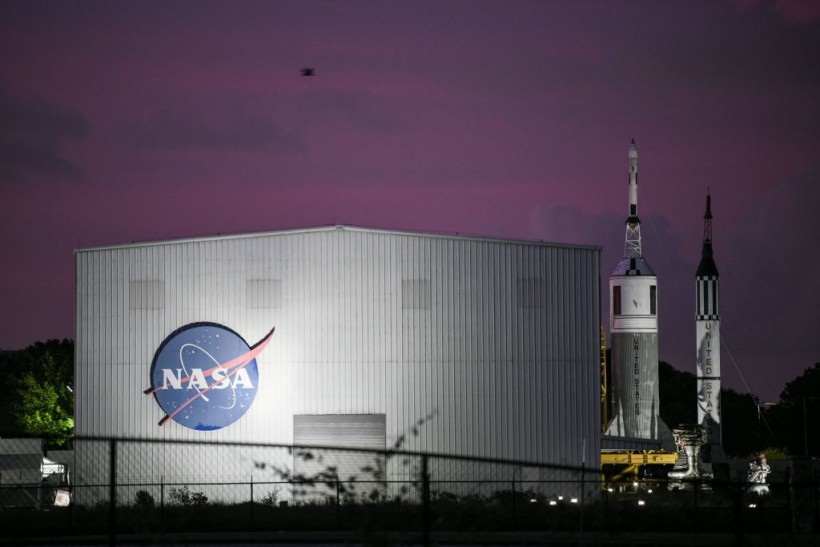NASA's Lucy spacecraft will be close to Earth and set to skim the said planet's atmosphere on October 16 (7:04 a.m EDT).
According to the report, swinging past Earth, Lucy would finally gain orbital energy to travel to the population of primitive asteroids.
According to the NASA Solar System Exploration website, the Lucy Spacecraft is essential to explore several Trojan asteroids, which is considered a population of primitive asteroids orbiting Jupiter.
The mission launch date was on October 16, 2021.
NASA explained the importance of Lucy's exploration of the cosmos for science and understanding the universe that could unveil important mysteries.
Furthermore, NASA said that Trojan asteroids refer to small and early solar system remnants.
Lucy spacecraft is recorded as the first space mission to Trojan Asteroids, reaching one year into a twelve years space exploration.
Lucy Spacecraft Importance

Meanwhile, Lucy's spacecraft would pass 220 miles (350 kilometers) above the surface.
The report noted that the Trojan Asteroids revealed to be trapped in orbits around the Sun at the same distance as Jupiter.
NASA explained that the trajectory of the Lucy spacecraft would place it closer to Earth, passing through the earth-oribting satellites and at a low altitude.
However, NASA has safety procedures for potential collision hazards and immediate maneuvering.
Also Read: Hunter's Moon Shines Brightly in the Sky
Deputy navigation team chief Coralie Adam explained that the team prepared two maneuvers.
If the team observes and detects that the spacecraft could be at risk, it would execute one of the maneuvers 12 hours before reaching the closest approach to the planet Earth, noting that the maneuver would avoid a collision.
According to the report, October 16( 7:04 a.m EDT ) is the date that Lucy would skim the atmosphere of the Earth. Amazingly, it also marks the first anniversary of the launch.
- The report said the Lucy spacecraft would be visible at 6:55 a.m (EDT) in Western Australia.
- At around 7:02 a.m (EDT), Lucy would be visible for a few minutes before disappearing.
- At 7:36 a.m (EDT), the report said that spacecraft would continue to the Pacific Ocean and appear in the shadow of the time stated. Parts of the western United States could see the view of Lucy using binocular equipment if the weather is not cloudy.
Gravity assist
NASA explained that the first gravity assist would bring Lucy's spacecraft to approach Earth from the Sun's direction, making stargazers or observers on Earth not see any sightings of the space vehicle before the event.
What is amazing about the first gravity assist is that space explorers would capture significant images of the Earth and moon for future studies and calibration of instruments for explorations.
In the second gravity assist would provide energy to the spacecraft; Lucy s would move, crossing the main asteroid belt where it will begin to look into the asteroid Donaldjohanson.
Then, the report said that the spacecraft would travel to the Trojan Asteroids swarm, passing and flying in the following:
- Eurybates and satellite Queta
- Polymele and an unnamed satellite
- Leucus
- Orus
Visit the NASA website for updates and news about the Lucy Spacecraft explorations.
Related Article: NASA Rover catches Amazing Image of Cat Loaf Rock on Mars.
For more similar, don't forget to follow Nature World News.
© 2024 NatureWorldNews.com All rights reserved. Do not reproduce without permission.




![Roundworms with Short Memories 'Stop Forgetting' When Frozen or Given Lithium [Study]](https://1471793142.rsc.cdn77.org/data/thumbs/full/70295/280/157/50/40/roundworms-with-short-memories-stop-forgetting-when-frozen-or-given-lithium-study.jpg)
